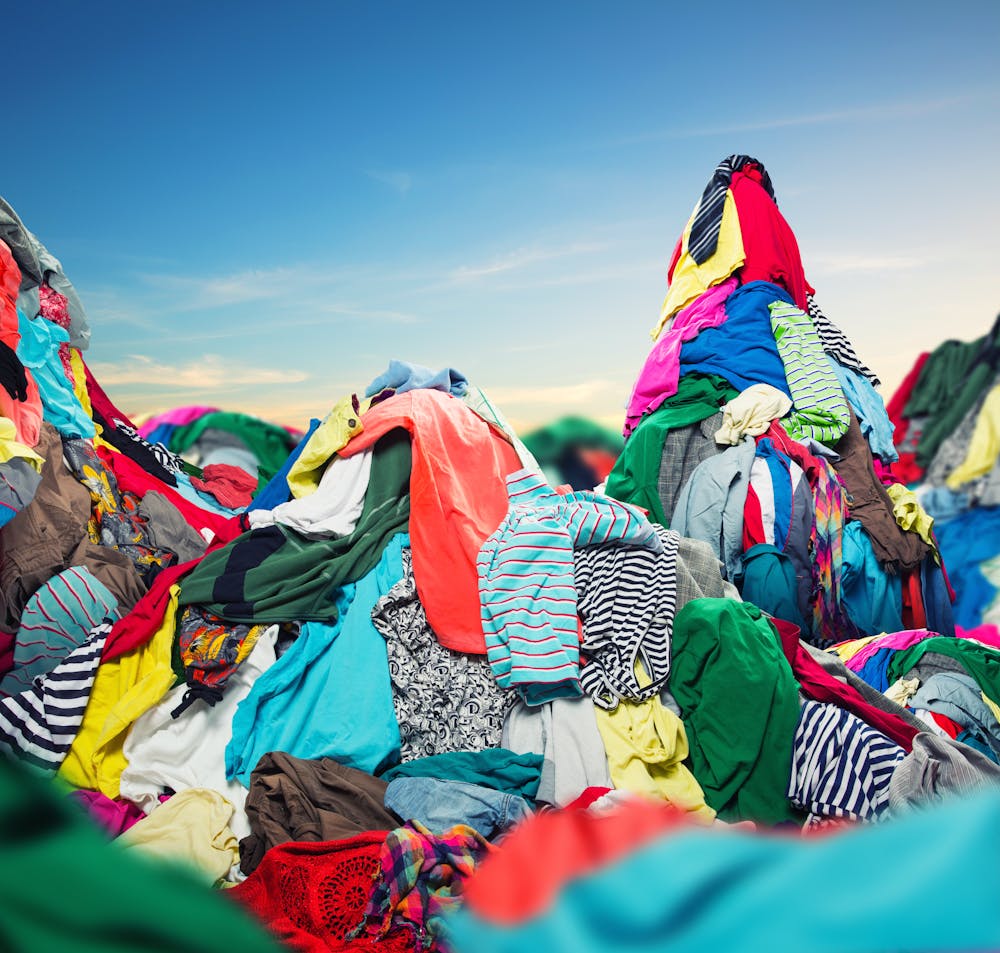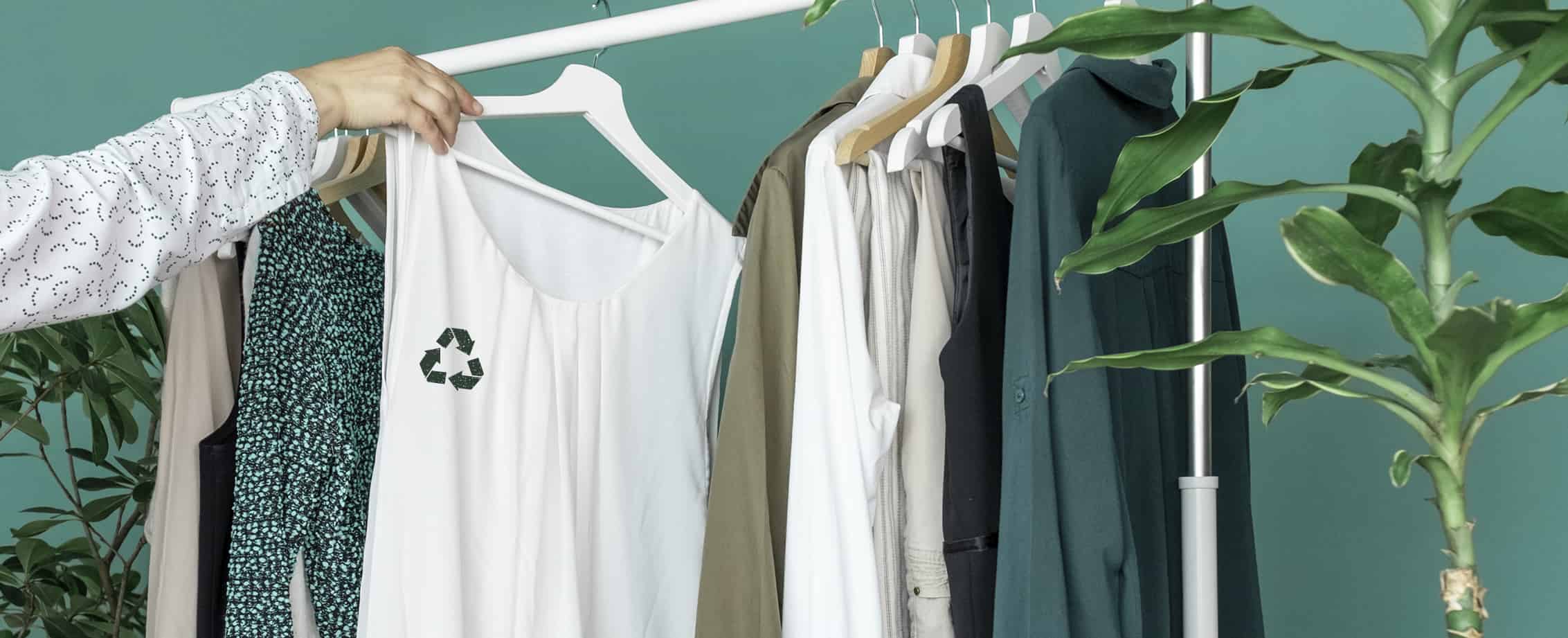
C&A’s Eco Chic: Fashion Renewed
You are invited to discover how high-street retailer C&A is pioneering a circular fashion economy through its Eco Chic line—a true example of Fashion Renewed. Tracing the lifecycle of clothing from cradle to cradle, these pieces showcase a revolutionary closed-loop system. From the innovative processes that recycle materials to the cutting-edge techniques that regenerate new garments, C&A is proving that style and sustainability can co-exist. Join us as we explore how waste is transformed into wear, giving textiles a new lease of life. You will be inspired by the ingenuity behind C&A’s fabrics, learning how discarded clothes are reborn, renewing resources, and rethinking recycling. Prepare to have your perceptions changed on what’s achievable in an ethical fashion.
C&A’s Cradle to Cradle Certified Collection: A True Showcase of Fashion Renewed
C&A launched their Cradle to Cradle (C2C) Certified collection in 2011 to close the loop on textile waste and promote sustainability. The collection incorporates recycled and regenerated materials under the C2C framework which aims to eliminate the concept of waste by designing products that can be fully recycled or composted at the end of their useful lives.
Recycling Materials
C&A’s C2C t-shirts are made from recycled cotton and polyester fibres. The raw materials are sourced from used clothing and textiles that would otherwise go to landfills or incineration. The fibers are then re-spun into new yarns and fabrics to produce the t-shirts. This process reduces the environmental impact by decreasing the demand for raw materials and diverting waste from landfills.
Regenerating Materials
C&A also produces C2C Certified t-shirts made of lyocell, a regenerated cellulose fiber. Wood pulp is dissolved and spun into new fibers using an eco-friendly solvent in a closed-loop process. The solvent is recovered and reused, minimizing waste. Lyocell is breathable, durable, and biodegradable. At end-of-life, the t-shirts can be composted.
C&A’s C2C Certified collection showcases how a fast fashion retailer can implement sustainable and circular design principles. By using recycled and regenerated materials, the products can close the loop on waste and contribute to a greener future for the textile industry. The C2C Certified label also provides customers with assurance that the items meet the highest environmental standards. Overall, C&A’s efforts highlight the possibility of sustainable and ethical fashion.

How C&A Transforms Waste Into Wear: A Story of Fashion Renewed
Recycling Used Garments: C&A’s Commitment to Fashion Renewed
To close the loop on textile waste, C&A recycles used clothing and fabrics into new garments. Through their recycling processes, C&A gives used clothing and leftover production waste a second life, reducing the environmental impact of the fashion industry. Recycling one kilogram of clothing can save up to 15,000 liters of water and 2 kilograms of carbon emissions.
Regenerating Cotton Scraps
C&A also recycles cotton scraps from their production processes using a regenerative process to turn cotton waste into new fibers. The recycled cotton fibers are then spun into new yarns and woven or knitted into fabrics to make new garments. This process allows C&A to eliminate textile waste while using fewer raw resources to produce new clothing items in an eco-friendly manner.
Eco-Friendly Dyes and Trims
In addition to recycling and regenerating, C&A uses eco-friendly dyes and trims approved by independent sustainability certifiers to minimize the environmental impact of their production processes. Their Cradle to Cradle certified dyes meet strict standards for material health and recyclability, allowing C&A to close the loop on waste while upholding high sustainability standards. Using recycled and regenerated materials along with sustainable dyes and trims, C&A can transform waste into high-quality, fashionable clothing.
Through innovative recycling and regenerating processes, C&A gives used and leftover textiles new life while reducing waste, pollution, and the use of raw materials. Their Cradle to Cradle methodologies are paving the way for a sustainable fashion industry where waste is continually recycled and regenerated into new products. By closing the loop on waste, C&A is making fashion sustainable and eco-chic.

The Future of Sustainable Fashion at C&A: Embracing Fashion Renewed
C&A is pioneering sustainable fashion through innovative production processes that close the loop on waste. Their Cradle to Cradle (C2C) certified products are manufactured using recycled and regenerated materials, demonstrating a promising future for eco-friendly apparel.
Recycling Cotton and Polyester
C&A partners with fashion brands and recyclers to collect used clothing and break down cotton and polyester garments into raw materials. The recycled fibers are then spun into yarns and woven or knitted into new fabrics, which C&A uses to create stylish C2C products. By recycling cotton and polyester, C&A reduces the environmental impact of material production and decreases demand for virgin resources.
Regenerating Nylon
C&A works with manufacturers on a revolutionary nylon recycling process. Used nylon garments are broken down into monomers, the basic building blocks of the material, which are then polymerized into new nylon fibers. The regenerated nylon is indistinguishable from virgin nylon and can be repeatedly recycled using the same method. This creates a circular system and endless possibilities for sustainable nylon apparel.
The Future is Circular
C&A’s C2C product line showcases their dedication to sustainable and circular practices. By recycling and regenerating materials to make new clothing, C&A is “closing the loop” on fashion’s waste problem and reducing pollution from resource extraction and material production. Their innovative methods serve as an inspiration and model for eco-friendly brands, proving that sustainable and circular fashion is not only possible but highly fashionable. C&A’s C2C products represent the future of sustainable fashion through forward-thinking processes that eliminate the very concept of waste.














